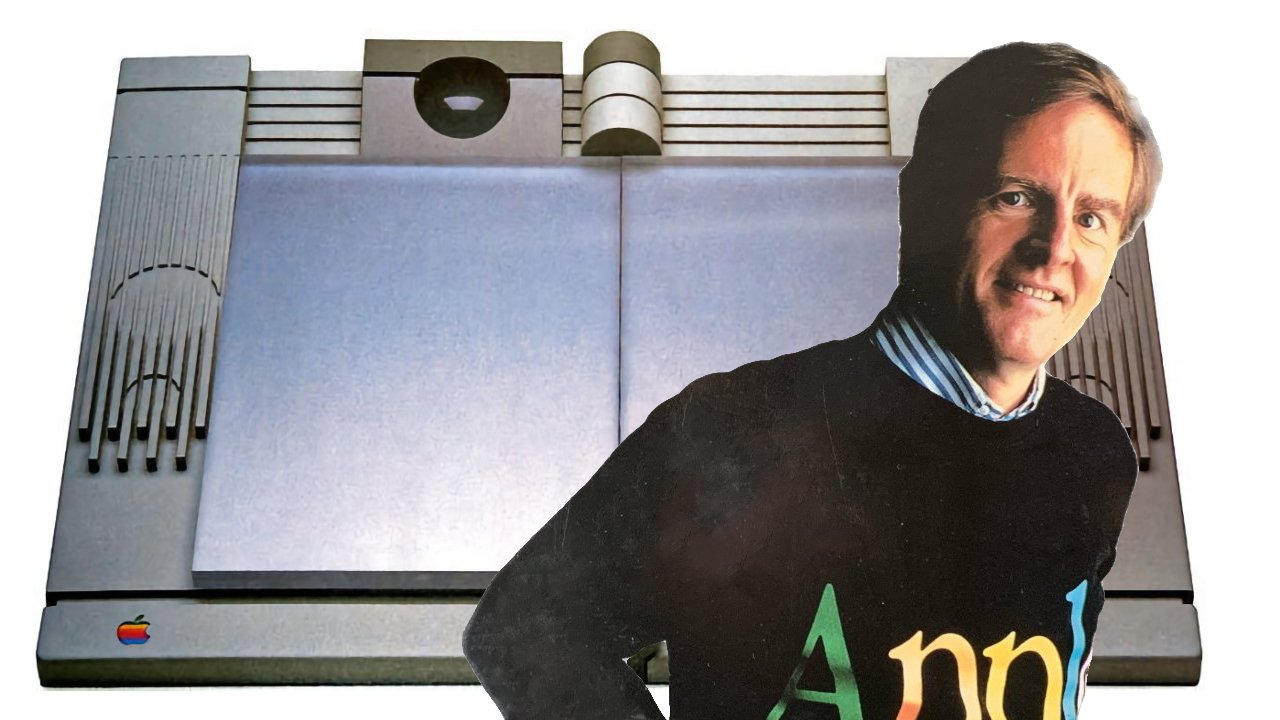John Sculley’s tenure as Apple’s CEO from 1983 to 1993 is a compelling narrative of ambition, innovation, and corporate dynamics. His journey from leading PepsiCo to steering Apple encapsulates a pivotal era in the tech industry, marked by groundbreaking products and internal power struggles.
The PepsiCo to Apple Transition
In the early 1980s, John Sculley was at the helm of PepsiCo, renowned for his marketing acumen during the Cola Wars. His strategic prowess caught the attention of Steve Jobs, Apple’s visionary co-founder. Jobs famously posed the question: Do you want to sell sugared water for the rest of your life? Or do you want to come with me and change the world? This proposition led Sculley to join Apple in 1983, aiming to infuse the company with seasoned leadership and marketing expertise. ([appleinsider.com](https://appleinsider.com/articles/18/06/18/25-years-ago-apples-board-of-directors-pushed-out-ceo-john-sculley?utm_source=openai))
Early Successes and Innovations
Under Sculley’s leadership, Apple witnessed significant milestones. The launch of the Macintosh in 1984, accompanied by the iconic 1984 Super Bowl commercial, showcased Apple’s commitment to innovation and bold marketing. Sculley championed the Macintosh’s potential in desktop publishing, positioning it as a tool for creatives and professionals. In 1991, the introduction of the PowerBook and the integration of color into the MacOS interface marked notable advancements, reflecting a period of substantial growth and creativity within the company. ([appleinsider.com](https://appleinsider.com/articles/18/06/18/25-years-ago-apples-board-of-directors-pushed-out-ceo-john-sculley?utm_source=openai))
The Power Struggle with Steve Jobs
Despite initial harmony, tensions between Sculley and Jobs escalated. Disagreements over the Macintosh division’s direction and Jobs’ management style led to a significant rift. In 1985, Jobs attempted to oust Sculley, but the board sided with Sculley, resulting in Jobs’ departure from Apple. This episode left an indelible mark on both leaders. Reflecting on this period, Sculley admitted, He never forgave me for that… [The friendship was] never repaired. And it’s really a shame because if I look back, I say what a big mistake on my part. ([appleinsider.com](https://appleinsider.com/articles/18/06/18/25-years-ago-apples-board-of-directors-pushed-out-ceo-john-sculley?utm_source=openai))
Challenges and Controversies
Sculley’s tenure wasn’t devoid of challenges. The introduction of the Newton personal digital assistant, though innovative, failed to gain traction. Additionally, the transition to the PowerPC microprocessor faced criticism and is often viewed as a misstep. By 1993, Apple grappled with declining profits, reporting only $86 million compared to $530 million the previous year. This downturn led to significant layoffs and mounting pressure on Sculley’s leadership. ([appleinsider.com](https://appleinsider.com/articles/18/06/18/25-years-ago-apples-board-of-directors-pushed-out-ceo-john-sculley?utm_source=openai))
Departure from Apple
In June 1993, amidst financial struggles and internal discord, Sculley resigned as CEO, with Michael Spindler stepping in as his successor. Sculley remained as chairman for a brief period before fully departing in October 1993. His exit marked the end of a decade-long association with Apple, a period characterized by both remarkable achievements and notable controversies. ([appleinsider.com](https://appleinsider.com/articles/18/06/18/25-years-ago-apples-board-of-directors-pushed-out-ceo-john-sculley?utm_source=openai))
Post-Apple Ventures
After leaving Apple, Sculley ventured into various industries. He took on the role of CEO at Spectrum Technologies, an early wireless telecommunications firm, though his tenure was short-lived and ended in legal disputes. Over the years, Sculley engaged in numerous entrepreneurial endeavors, including investments in MetroPCS, NFO Research, Hotwire.com, and the healthcare firm RxAdvance. Despite these ventures, public interest often gravitated towards his time at Apple and his relationship with Steve Jobs. ([appleinsider.com](https://appleinsider.com/articles/18/06/18/25-years-ago-apples-board-of-directors-pushed-out-ceo-john-sculley?utm_source=openai))
Reflections and Legacy
In retrospection, Sculley has expressed regret over certain decisions during his Apple years. He acknowledged that hiring him as CEO might have been a big mistake, admitting his initial lack of knowledge about computers. He also recognized Jobs’ unparalleled vision and contributions, stating, All the design ideas were clearly Steve’s. The one who should really be given credit for all that stuff while I was there is really Steve. ([appleinsider.com](https://appleinsider.com/articles/10/10/14/sculley_it_was_a_big_mistake_i_was_ever_hired_as_apples_ceo?utm_source=openai))
Continued Influence and Perspectives
Even decades after his departure from Apple, Sculley remains an influential voice in the tech industry. In 2025, he retired from an AI marketing firm he founded and shared insights on the future of technology. At the Zeta Live Conference in New York, he remarked, I love Apple… and I saw that Tim Cook is thinking of retiring, and a new CEO may be elected soon. But… whoever is selected is gonna have to deal with [how] we are not so much dependent upon apps… In the agentic era, we don’t need a lot of apps, it could all be done with, you know, smart agents working across workflow automation. This perspective underscores his enduring engagement with technological evolution and his belief in the transformative potential of AI. ([appleinsider.com](https://appleinsider.com/articles/25/10/15/looking-back-at-john-sculleys-rise-as-apples-ceo-and-fall-an-october-15-1993?utm_source=openai))
Conclusion
John Sculley’s decade at Apple was a period of significant transformation, marked by groundbreaking products, internal conflicts, and strategic shifts. His journey reflects the complexities of leadership in a rapidly evolving industry and offers valuable lessons on innovation, collaboration, and the challenges of corporate governance.



